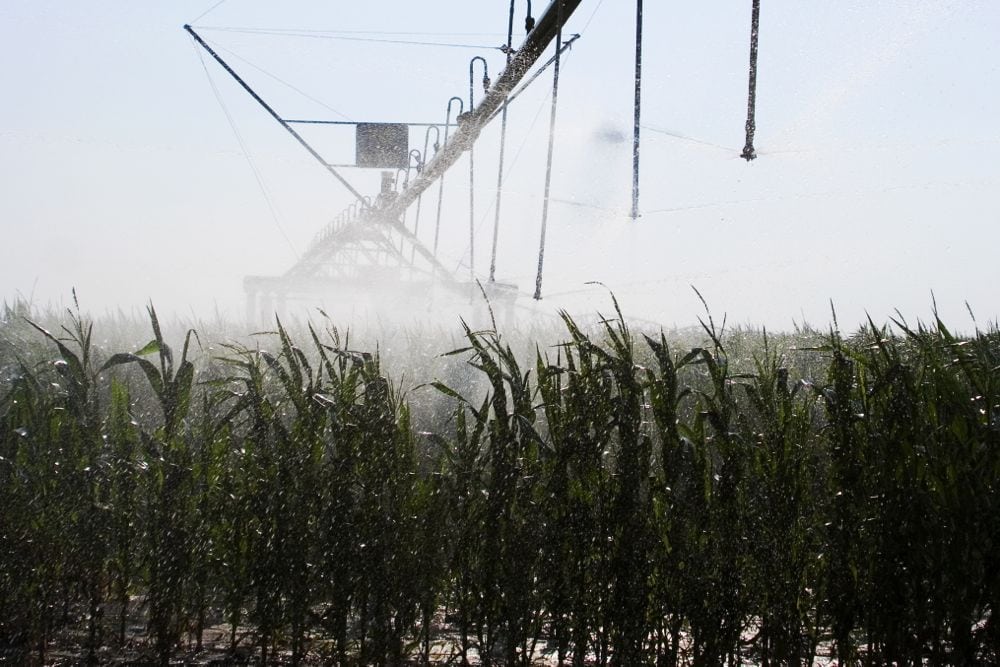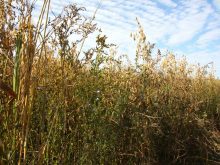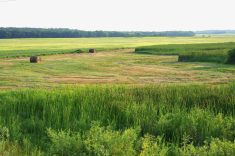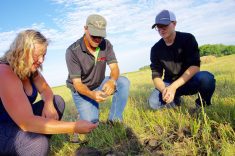As Manitobans ride a pendulum swing from too little to too much water, they await the province’s promised comprehensive water strategy — the first update to the plan since the early 2000s.
The volatile weather has made plain why it’s needed.
“We’re seeing an increase in variability,” said Dimple Roy, director of water management with the International Institute for Sustainable Development (IISD).
“Climate experts have been saying this for a really long time, and we’re very clearly seeing that the changing climate means more flooding and more drought,” she added.
Roy was one of several experts to advise the province on what should go into the new strategy in early 2021. The province then asked for public input on a framework of the strategy in summer 2021, with stakeholder engagement going on into March 2022.
A provincial spokesperson told the Co-operator they hope to begin consultation with Indigenous leaders “shortly.”
Roy told the Co-operator she understood the process had run into some delays, but that she expected at least some of the strategy to be released by the end of the year.
Building resilience to a changing climate and variable weather was among the focus areas pitched in the draft strategy last year.
IISD pushed for work to increase the land’s ability to hold water — whether through restoring natural wetlands and recreating ‘potholes’ that used to exist, or through water retention projects. These can mitigate flood and drought, Roy said.
The province’s Conservation Trust fund has been funding projects in this vein already. Another proposed focus area was water infrastructure.
“I’ve been making the case that we should rethink the way we’re considering infrastructure,” said Roy, “so not just focus on the built systems that we’ve always thought about when we think infrastructure, but also rely on our natural systems.”
For example, IISD has launched floating wetlands onto municipal lagoons and storm water ponds. The floating wetland plants can absorb excess nutrients in the water to prevent damage downstream.
Last year the province gave EMILI (the Enterprise Machine Intelligence and Learning Initiative) up to $1 million to start a Water Strategy Fund to boost projects to support climate adaptation and sustainability.
EMILI and partner groups launched four projects last fall, including a software tool to forecast water supply and demand; an online hub for water-related data; and a study into increasing irrigation in the province.
They’ll report their findings later this month, EMILI told the Co-operator.
-With files from Alexis Stockford.
















